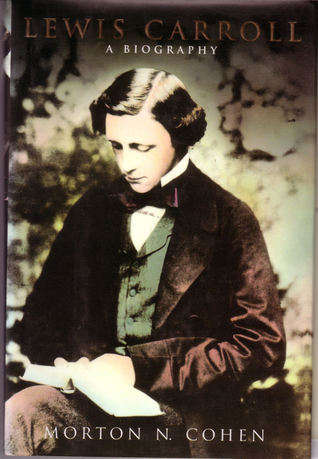Macmillan, 1995, hardcover, illustrated, index, 376 pages, some minor wear to dust jacket, otherwise condition: basically as new.
This monumental biography was prompted by Morton N. Cohen's belief that the Carroll revealed by the letters, diaries and works was not the same as the Carroll created by his biographers, and it was time to set the record straight. He traces the dual careers of Charles Dodgson, Fellow of Christ Church, Oxford, who made important contributions to mathematics and logic and to the life of the University, as well as being one of the pioneers of photography in Victorian England, and forging strong friendships with children, and of Lewis Carroll, creator of Alice in Wonderland and The Hunting of the Snark, acknowledged masterpieces we still read today and precursors of surrealist writing. No biographer has addressed so judiciously the inner divisions which proved such a creative spur to Carroll's imagination and his genius. The text is enhanced by over 100 of Carroll's photographs and drawings.
I've been rereading this biography, along with several others over the last six months. This is probably one of the best biographies about Lewis Carroll, a Victorian mathematician who wrote Alice in Wonderland and other stories. The author does not shy away from suggestions about Carroll's relationship with children. I've studied Carroll off and on for most of my life and I don't believe, for a moment, that he was a pedophile. His interest in children was not sexual, but I do think he had conflicts of a sexual kind outside that nature. Like many Victorians, Carroll was deeply rooted in his time period.
I think a lot of Carroll's personality can be explained in his love of mathematics. People may shake their heads at this, but just look at the psychology of it. Carroll was highly conservative in all things and math was a way he ordered the strange and changing world he lived in. He sometimes stammered, was shy, and Alice in Wonderland is full of math and irony. He was a control freak and morally very strict with himself. I really find him charming in many ways. The fact that he and George MacDonald were friends speaks to his love of fantasy and adventure and the possibility of telling stories for children as a way of talking about the world.
Ironically, children were safe angels. And he photographed them. It's impossible to judge him by modern standards of any kind. Great book. Everyone should read it.

